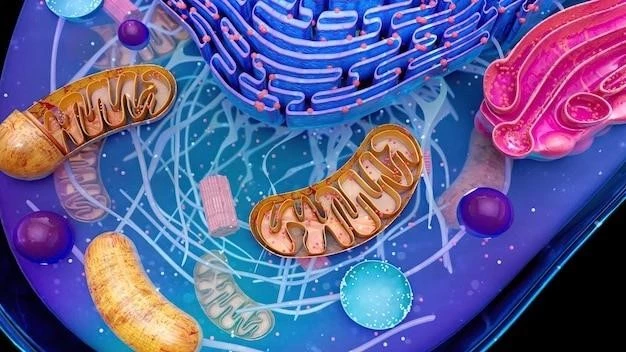Common symptoms of Ceroid Lipofuscinosis include⁚
Vision loss‚ seizures‚ cognitive decline‚ movement disorders‚ and behavioral changes.
Common symptoms of Neuronal Ceroid Lipofuscinosis include⁚
Early signs may include vision impairment‚ seizures‚ and developmental delays. As the disease progresses‚ affected individuals may experience cognitive decline‚ motor impairment‚ difficulties with speech and swallow‚ and changes in behavior and personality. Symptoms can worsen over time‚ leading to loss of motor function‚ difficulty walking‚ and ultimately a decline in overall quality of life. It is essential to recognize these symptoms early to initiate appropriate care and support for individuals living with Neuronal Ceroid Lipofuscinosis.
Symptomatic management‚ physical therapy‚ occupational therapy‚ speech therapy‚ seizure control‚ and palliative care.
Treatment strategies may involve⁚
Individualized treatment plans‚ medications to manage symptoms‚ dietary modifications‚ and psychological support for patients and families. Clinical trials and research studies are also exploring potential therapies to slow disease progression and improve quality of life for individuals with Neuronal Ceroid Lipofuscinosis.

Mutations in genes like CLN6‚ CLN7‚ and others play a role in the development of the condition.
Key genetic factors associated with Adult Neuronal Ceroid Lipofuscinosis⁚
Adult Neuronal Ceroid Lipofuscinosis is a genetically inherited disorder caused by mutations in various genes such as CLN6‚ CLN7‚ and others. These gene mutations lead to the accumulation of lipofuscin-like materials in the cells‚ affecting the nervous system and leading to the characteristic neurological symptoms of the condition. Understanding the genetic basis of Adult Neuronal Ceroid Lipofuscinosis is crucial for diagnosis‚ genetic counseling‚ and potential future treatments targeting the underlying genetic abnormalities.
Progressive decline in motor function‚ cognitive abilities‚ vision‚ and speech‚ leading to significant impairment.
Neurological consequences of Ceroid Lipofuscinosis⁚
The neurological impact of Ceroid Lipofuscinosis is profound‚ affecting various aspects of an individual’s functioning. The progressive accumulation of lipofuscin-like material in nerve cells leads to severe impairment in motor skills‚ coordination‚ and balance. Cognitive decline is common‚ with individuals experiencing difficulties in memory‚ reasoning‚ and understanding. Vision loss may occur due to retinal degeneration‚ and speech problems can manifest as the disease advances. These neurological consequences significantly impact the quality of life of individuals with Ceroid Lipofuscinosis and necessitate comprehensive care and support to manage symptoms and promote the well-being of affected individuals.
Emerging therapies targeting disease progression and improving symptom management.
Recent advancements in understanding and treating Neuronal Ceroid Lipofuscinosis⁚
Research in Neuronal Ceroid Lipofuscinosis has made significant strides in elucidating the underlying mechanisms of the disease and identifying potential therapeutic targets. Studies have focused on gene therapy approaches‚ enzyme replacement therapies‚ and pharmacological interventions to slow disease progression and alleviate symptoms. Novel treatment strategies‚ including stem cell therapies and precision medicine techniques‚ are being explored to provide better outcomes for individuals with Neuronal Ceroid Lipofuscinosis. Collaborative efforts between researchers‚ clinicians‚ and patient advocacy groups continue to drive progress in the field‚ offering hope for improved management and potential future cures for this rare neurodegenerative disorder.
